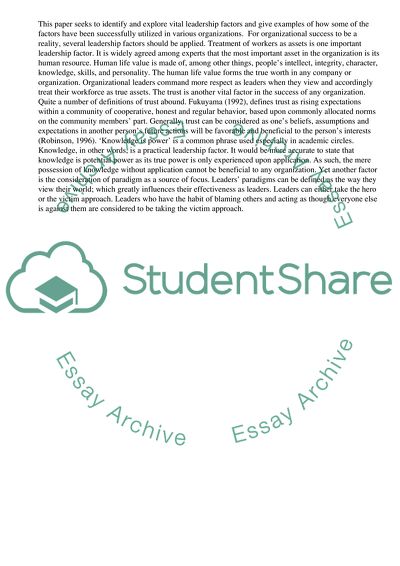Cite this document
(Trust, Paradigm, and Knowledge Appreciation as Leadership Factors Research Paper, n.d.)
Trust, Paradigm, and Knowledge Appreciation as Leadership Factors Research Paper. Retrieved from https://studentshare.org/management/1731746-leadership
Trust, Paradigm, and Knowledge Appreciation as Leadership Factors Research Paper. Retrieved from https://studentshare.org/management/1731746-leadership
(Trust, Paradigm, and Knowledge Appreciation As Leadership Factors Research Paper)
Trust, Paradigm, and Knowledge Appreciation As Leadership Factors Research Paper. https://studentshare.org/management/1731746-leadership.
Trust, Paradigm, and Knowledge Appreciation As Leadership Factors Research Paper. https://studentshare.org/management/1731746-leadership.
“Trust, Paradigm, and Knowledge Appreciation As Leadership Factors Research Paper”, n.d. https://studentshare.org/management/1731746-leadership.


